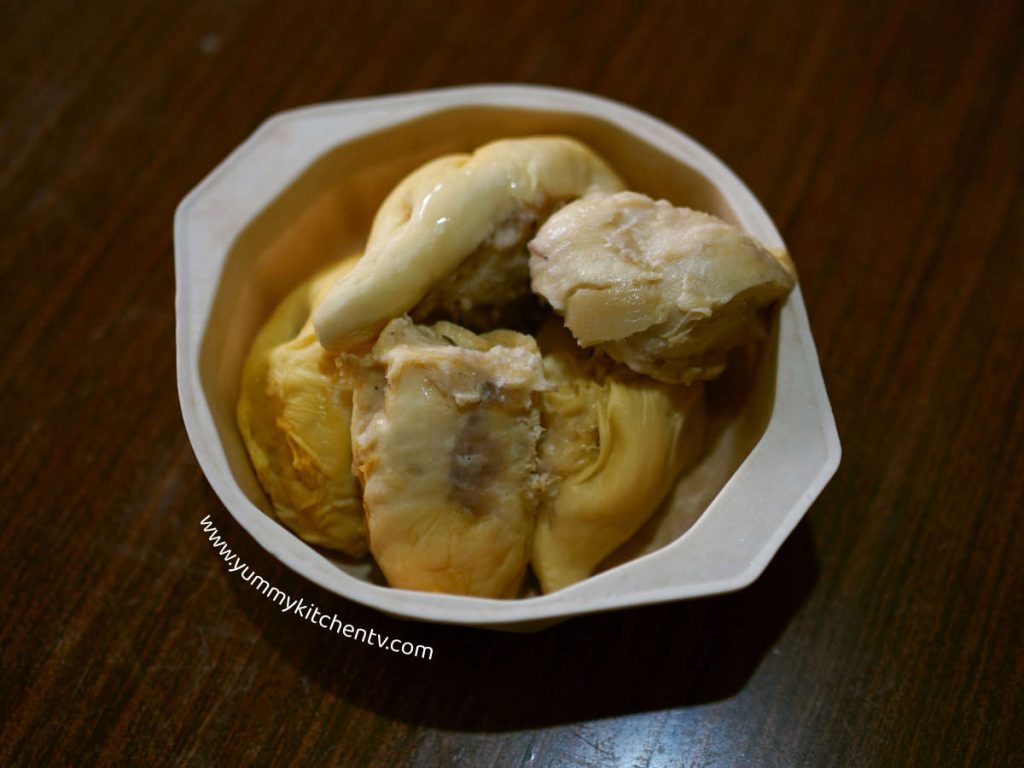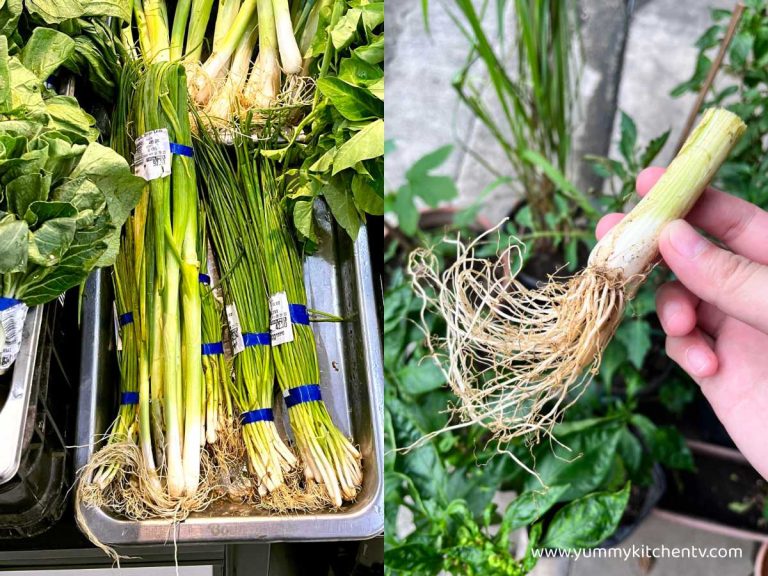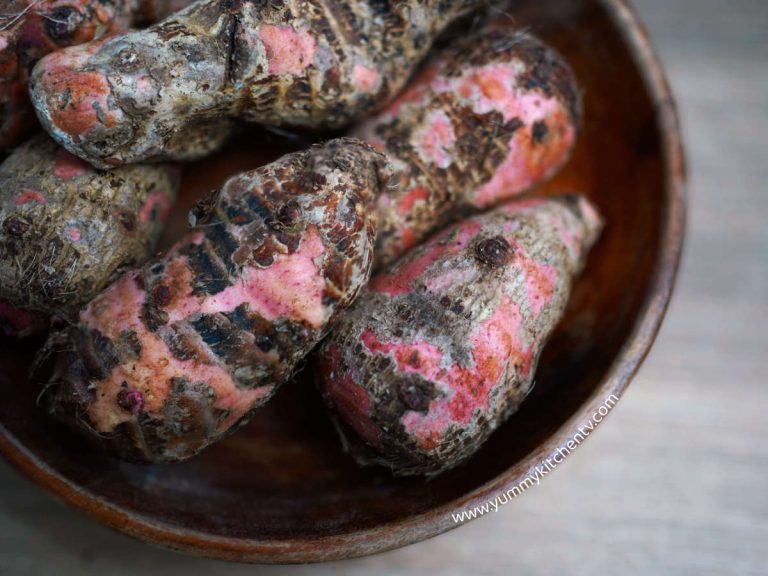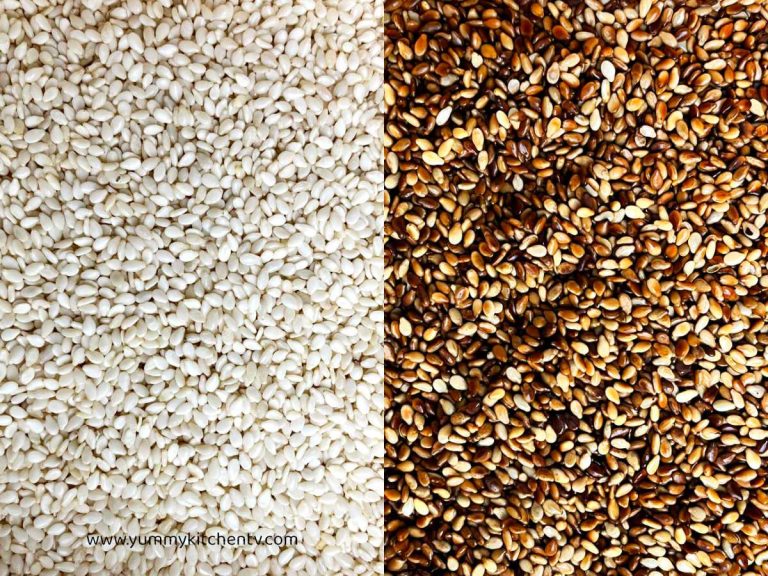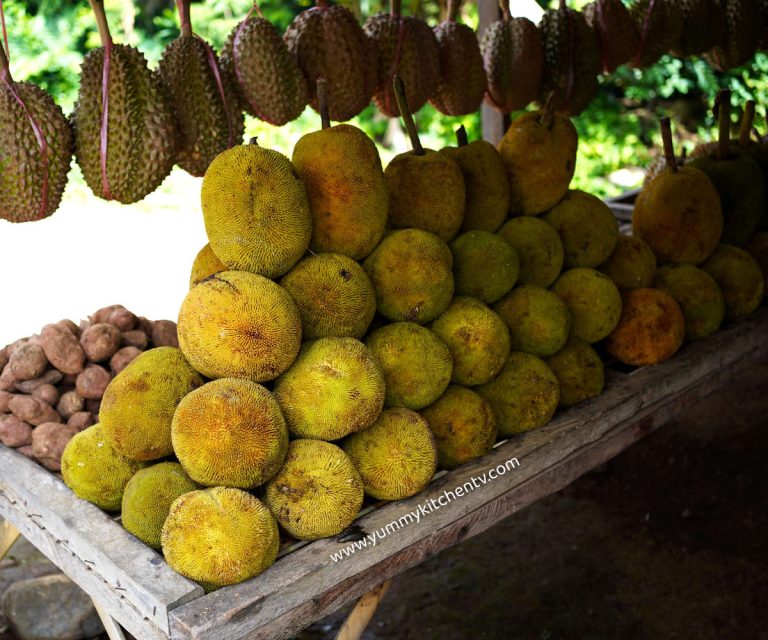What is a Durian ?
The famous or infamous Durian (scientific name ‘Durio’), a fruit that very much represents ‘either you love it or hate it’ very clearly. Popular in Southeast Asia, lovingly eaten by many if you love a less sweet fruit, that’s creamy almost custard in texture, and loaded with antioxidants, vitamins and fiber.
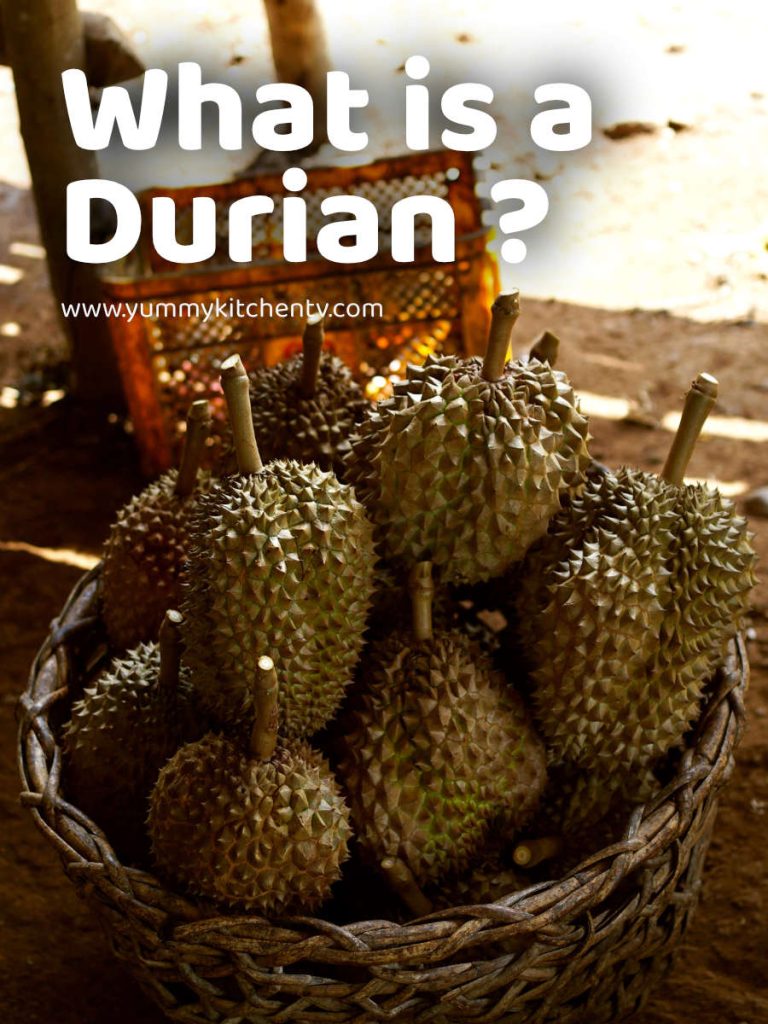
A Brief Introduction
Called the ‘King of fruits’ particularly grown in Malaysia, Thailand, Indonesia, and the Philippines. Distinguished by its spiky green skin, sliced to release that familiar pungent aroma, revealing those white sometimes yellow, with some variations with the meat also found to be red or green in color, creamy bittersweet meat also called ‘durian pulp’, with large seeds that are not edible until they are roasted or boiled. Available in a number of varieties, the most common that we do see sold in groceries, wet markets, or street stalls are the ‘Durio zibethinus’. This fruit is loved by those who are willing to overcome the smell. The flavors that most people taste from this thorny looking fruit are a combination of garlic, almonds, cheese and caramel. Weighing around 1 – 3 kilograms, this makes around 2 cups of edible pulp, eaten as is, or added into sweet or savory dishes.
Why does it smell and taste good or bad to some people?
People have different senses of smell or olfactory system. Depending on this, some find the durian smell very appealing and others think that they are smelling something rotten. The first thing when one encounters the durian is the smell, which depending on this, makes our brain to think that this is either ‘yummy’ or ‘unappetizing’. Though some have tried conditioning themselves to think and find durian smell to be ‘good’ for health reasons.
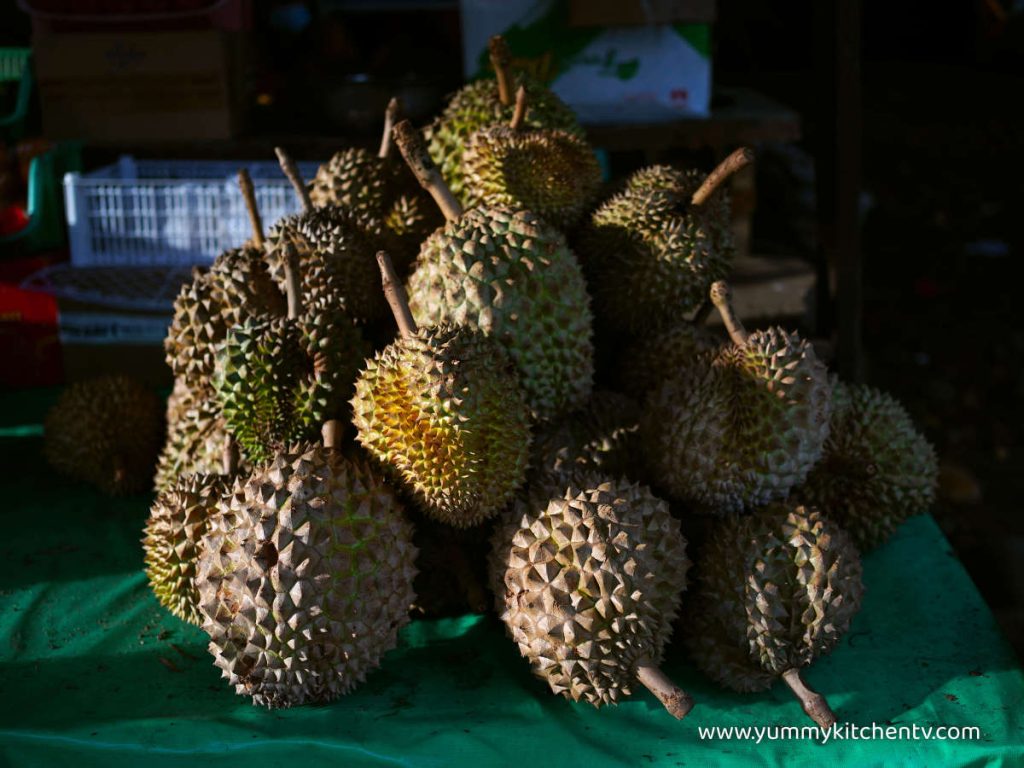
How to clean and prepare the Durian fruit
Eaten for its creamy texture and interesting taste, indulged and added into dishes in many ways, or eaten as for its medical benefits. Durian is a treat to those who’d like more fiber and less sugar into their diet, or just want something novel on their palate.
- Some durians are frozen if bought from the supermarkets. Let this thaw on the counter for a few minutes.
- At the bottom, you’ll find a ‘wheel’ looking bottom, if you follow the lines, they point out where each pod is. This can range around 5 to 7 pods.
- This is optional; but some wear thick gloves like gardening gloves. Dig your hand into the lines or use a knife to slice along the lines. Making sure not to go too deep. Just enough to slice through the skin.
- Once each line has been sliced, stretch these to pull apart the skin.
- Now you have the creamy flesh ready to be eaten or added into the dish. Just make sure not to eat the seeds raw.
- To keep this, place everything into an airtight container, you can separate it from the seeds before placing it in. Then keep this in the fridge for a week, or in the freezer for 2 weeks to a month. Freezing also keeps the smell from contaminating other items in the fridge.
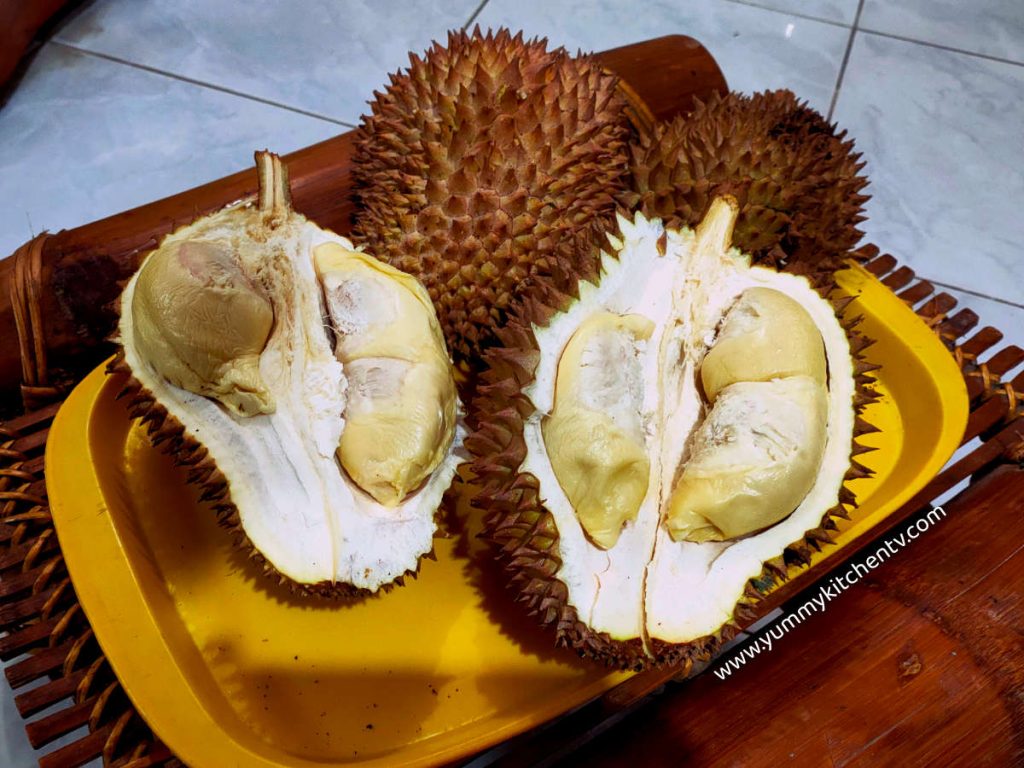
Durian vs Jackfruit
Having a lot of similarities being a Southeast Asian fruit, but very distinguishable once you have it in sight, here are some differences:
- Jackfruit is said to have come from Southern India, dating back to 5,000 years. Durians have originated from Borneo and Sumatra since the 15th century.
- Jackfruits are bigger and heavier in size, durians weigh only a third of what a jackfruit would weigh.
- Both have a pungent smell, but jackfruits have a bubblegum-like smell, while durian has a sewer or smelly sock-like smell.
- Jackfruits have small dull bumps around the skin, while the durian has a thorny outer shell.
- The jackfruit has a fibrous bright yellow sweet but mild flesh, while durian tastes like a mix of savory, mildly sweet, a bit of a cheese taste, with a creamy similar to a banana texture.
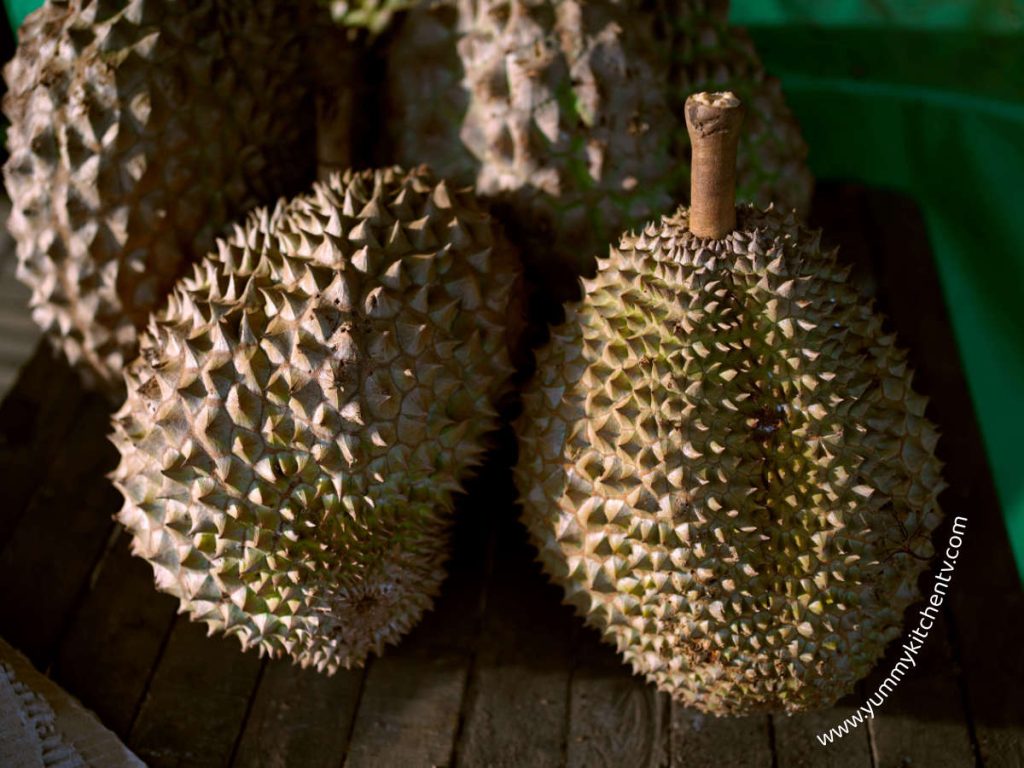
Durian Benefits
More than just a stinky fruit, Durians are diverse which is quite rare in the realm of fruits. While there are many myths on why the durian should not be eaten with certain food, further research shows that it packs a whole lot of goodness more than problems, like most fruits, eaten in moderation.
- A dietary source of potassium which helps regulate and maintain blood pressure.
- Similar to chocolate, durian has serotonin, a neurotransmitter that makes us happy and relaxed.
- Contains amino acids that increase melatonin which helps you sleep better.
- Combats skin pigmentation and wrinkles due to how much Vitamin C it contains.
- Rich in iron, copper, and minerals, which we need to maintain healthy, strong bones.
- High in carbohydrates, giving energy boosting capabilities.
- Reduces risk of having cancer, it has antioxidants that help prevent breast cancer cells from spreading.
Durian in the Filipino food industry
In the Philippines, Mindanao is the island where you can likely find the Durian fruit sold almost everywhere. With our own number of varieties of durian, one under the name ‘native’ comes in either ‘seed or seedless’, with others being Thornless durian, Mamer, and Arabrine. Easily added into the dish by taking the whole meat seedless, simmering into the sauce to add an extra creamy thickness, blended with other sweeteners and creams to fill pastries, and more:
- For savory dishes, adding these into curry, cottage pie,
- Durian Ice cream is the easiest and most available way to get your durian cravings satisfied.
- Added into the batter in recipes like pancakes, fritters, puddings, souffles, shakes, and cakes.
- Pastry filling for crepes, cream puffs, cakes, mochi, and doughnuts.
The Durian, is an interesting fruit that you’ll just need to give a chance to to really be able to appreciate it.
